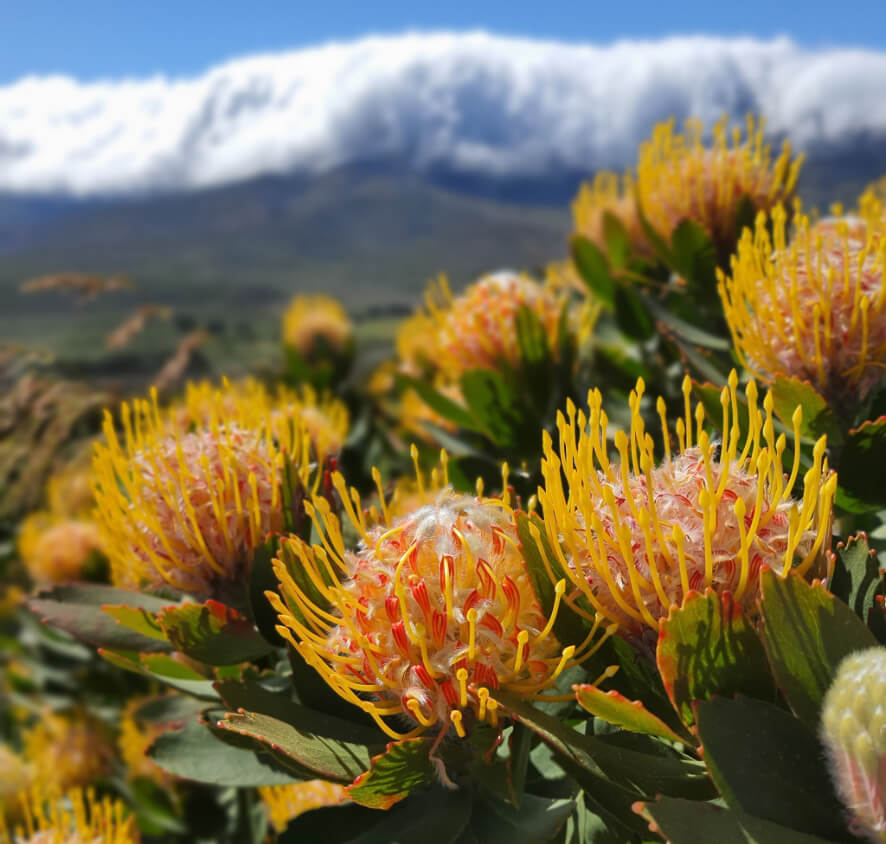enjoy with us
natural diversity
Vergelegen was the first producer to be awarded BWI ‘Champion’ status in March 2005, having made remarkable progress with its large-scale alien clearing and fire management programme to restore 2240 hectares of their 3000 hectare Estate.

BIODIVERSITY &
WINE INITIATIVE
Vergelegen was the first producer to be awarded BWI ‘Champion’ status in March 2005, having made remarkable progress with its large-scale alien clearing and fire management programme to restore 2240 hectares of their 3000 hectare Estate.

ENVIRONMENTAL
PROJECT
Investing in the future through sustainable farming and land rehabilitation … Vergelegen is situated in one of the richest floral regions of the world and in 2018 completed a 14 year alien clearing programme resulting in portions being declared a Nature Reserve.

NGUNI CATTLE
PROJECT
The Estate officially registered the Vergelegen Nguni Stud in August 2010. The indigenous, colourful herd, are totally free range, grazing on Kikuyu, clover mix and fynbos.

BONTEBOK & Eland
project
Since 2005, Vergelegen has been home to a breeding herd of Bontebok who graze in harmony with the Ngunis. In 2020, a group of five Eland were welcomed to the Estate – housed in a specially constructed ‘camp’, they form part of an ambitious project for veld management and ecological research, in conjunction with the Cape Town Environmental Education Trust (CTEET).

CAPE LEOPARD
TRUST
Vergelegen is proud to be a supporter of the Cape Leopard Trust. With its unique environment and as a result of good environmental practices, many of the original species of wild animals are returning to the Estate.

SIGNIFICANT TREES & GARDENS
As well as extensive gardens, Vergelegen is home to many significant trees, the most important of which include five historic camphor trees declared National Monuments in 1942, a 300-year Old English Oak, White Mulberry dating back to 1700, and the “Royal” Oak, planted in 1928, a descendant of King Alfred’s oak trees at Blenheim Palace.